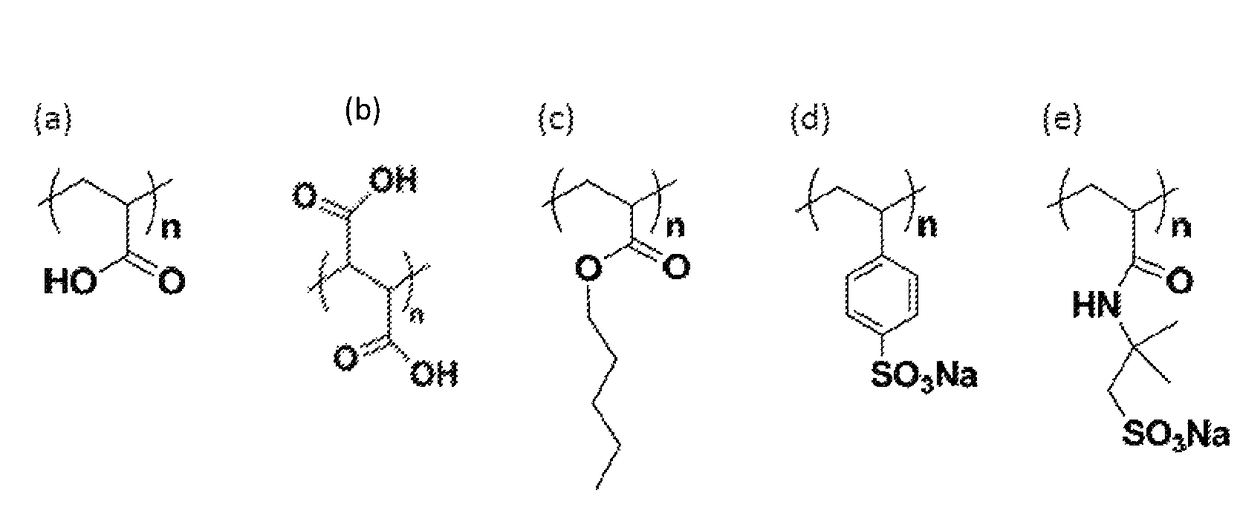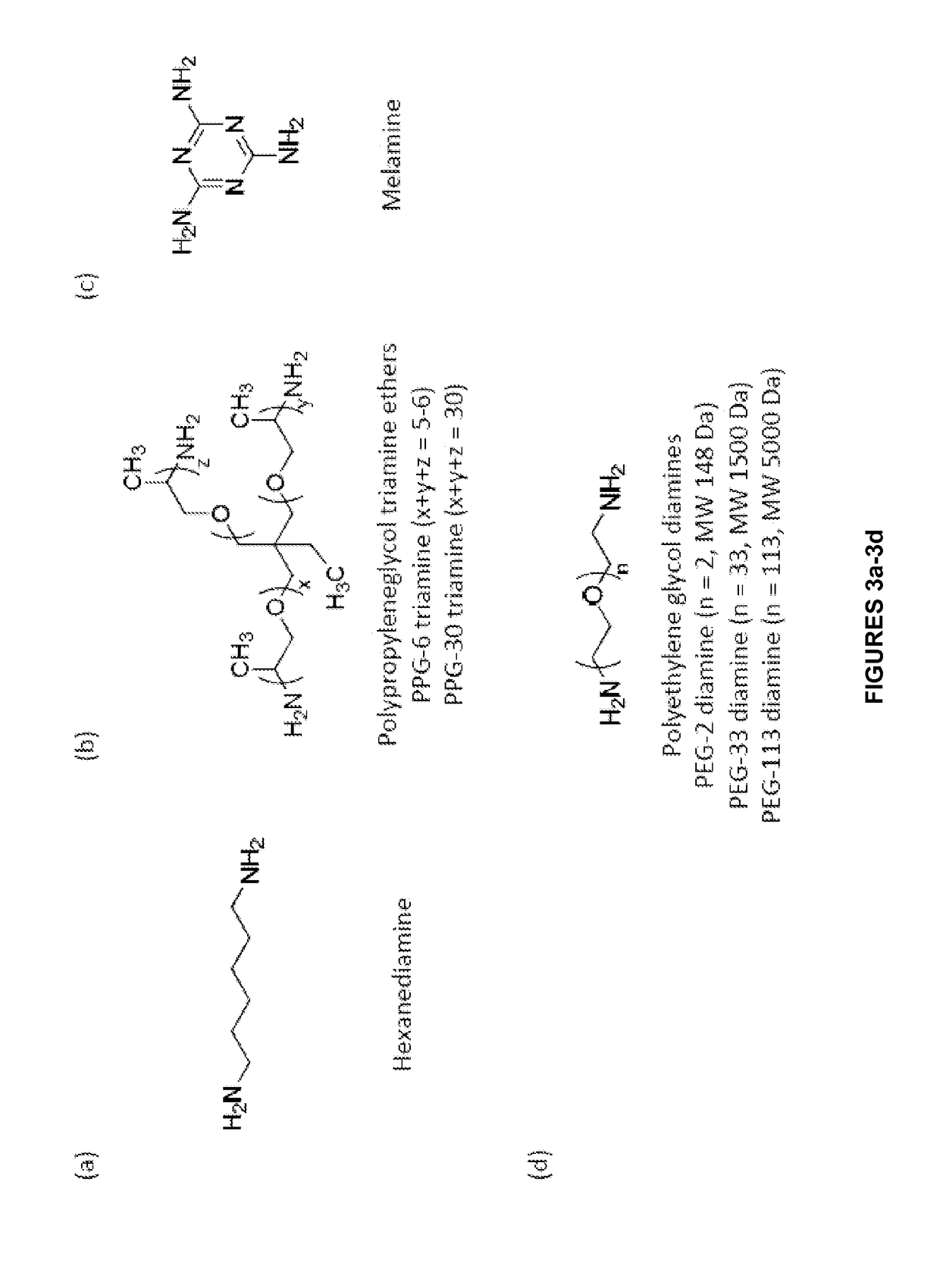Polymer coated nanoparticles
a technology of nanoparticles and polymer coatings, applied in the direction of nanotechnology, material nanotechnology, electric/magnetic detection for well-logging, etc., can solve the problems of ineffectiveness, lack of electrostatic repulsion, and aggregation of magnetic materials and their adsorption, so as to improve oil recovery, adsorption efficiency, and reduce the effect of adsorption
- Summary
- Abstract
- Description
- Claims
- Application Information
AI Technical Summary
Benefits of technology
Problems solved by technology
Method used
Image
Examples
Embodiment Construction
[0102]While the making and using of various aspects of the present invention are discussed herein, it should be appreciated that aspects of the present invention provide many applicable inventive concepts that can be embodied in a wide variety of specific contexts. The embodiments discussed herein are merely illustrative of ways to make and use the aspects of the present invention and do not delimit the scope of the invention.
[0103]To facilitate the understanding of the aspects of the present invention, a number of terms are defined below. The terminology herein is used to describe specific embodiments of the invention, but their usage does not delimit the invention. Unless otherwise indicated, all numbers expressing quantities of ingredients, reaction conditions, and so forth used in the specification and claims are to be understood as being modified in all instances by the term “about.” Accordingly, unless indicated to the contrary, the numerical parameters set forth in this speci...
PUM
 Login to View More
Login to View More Abstract
Description
Claims
Application Information
 Login to View More
Login to View More - R&D
- Intellectual Property
- Life Sciences
- Materials
- Tech Scout
- Unparalleled Data Quality
- Higher Quality Content
- 60% Fewer Hallucinations
Browse by: Latest US Patents, China's latest patents, Technical Efficacy Thesaurus, Application Domain, Technology Topic, Popular Technical Reports.
© 2025 PatSnap. All rights reserved.Legal|Privacy policy|Modern Slavery Act Transparency Statement|Sitemap|About US| Contact US: help@patsnap.com



